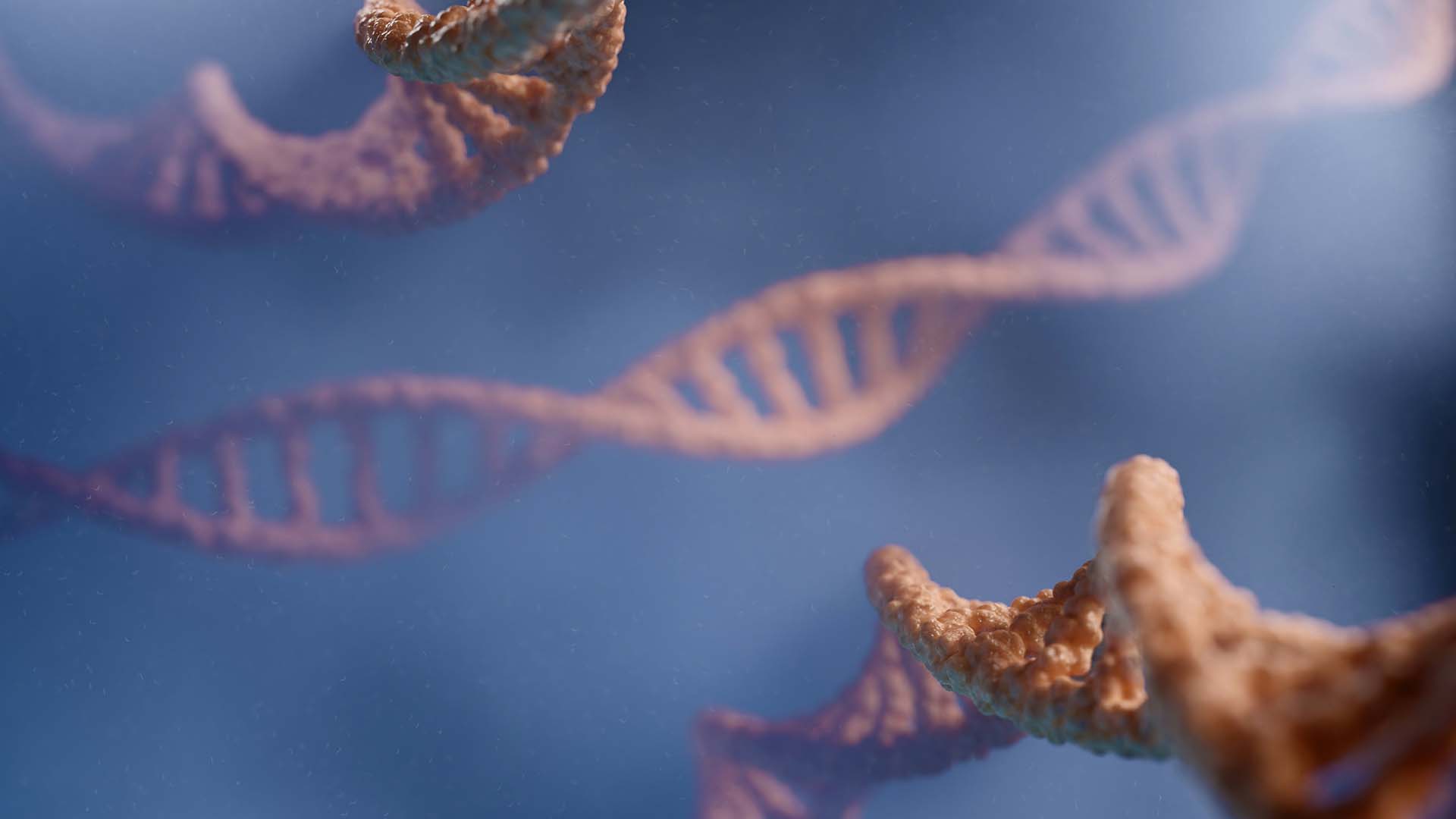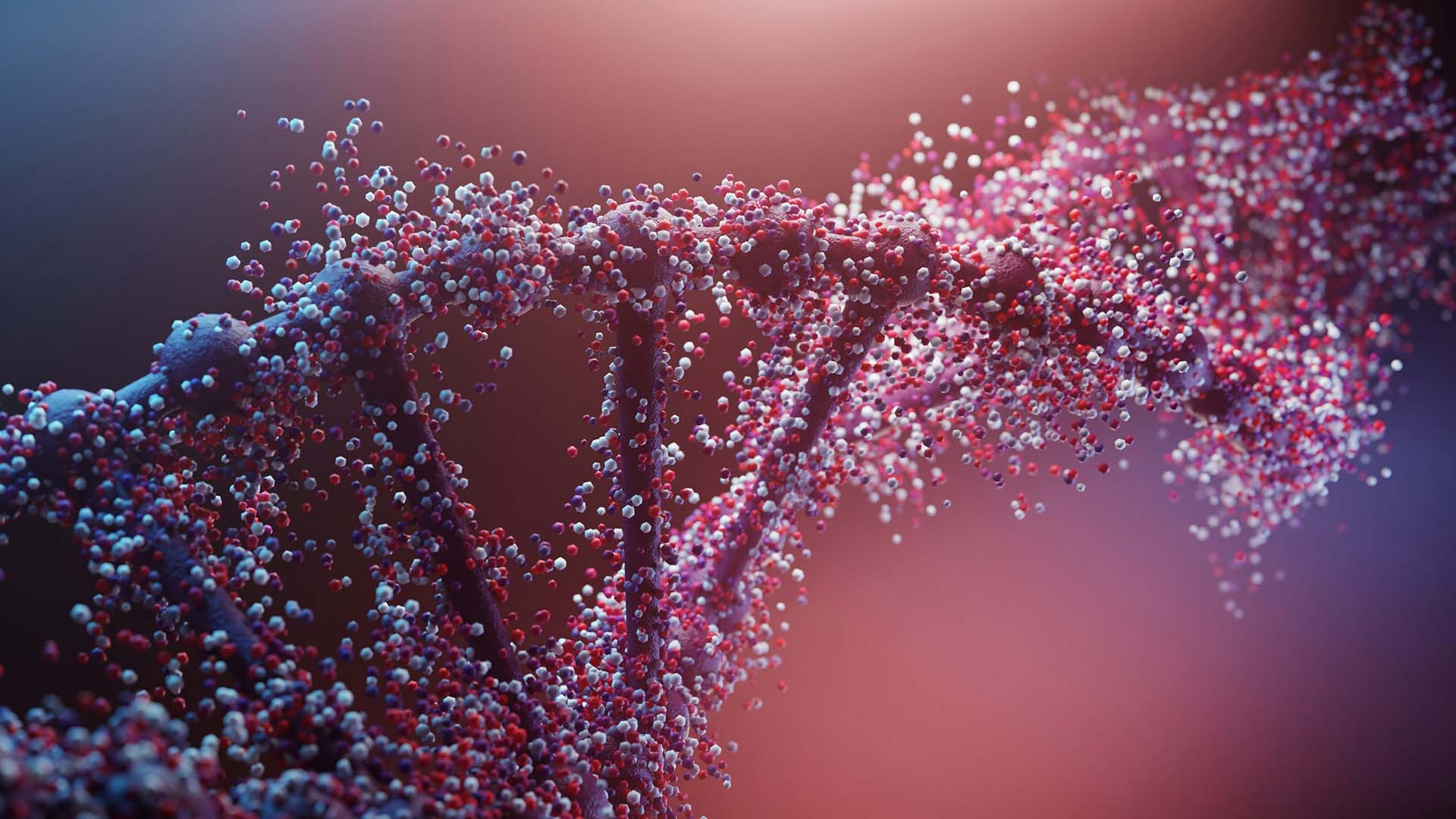Published, August 14, 2025
DNA Testing in Parenting and Family Planning
Global DNA International brings you thought-provoking stories and insightful articles designed to satisfy your curiosity and deepen your understanding of DNA testing, genetic identity, and the complex issues surrounding modern DNA science.

DNA Testing in Parenting and Family Planning
Introduction: A Test That Changes Generations
When Tendai and Amina, a young couple from Harare, discovered they were expecting their first child, joy quickly gave way to questions:
- Could their baby inherit certain health risks?
- Were there genetic conditions they should prepare for?
They decided to take a DNA test designed for family planning. The results were revealing:
- Their baby had a low risk for common hereditary conditions.
- They discovered shared distant ancestry they hadn’t known about, prompting conversations about family medical history.
This story illustrates the growing role of DNA testing in parenting and family planning — where genetics informs decisions, reduces uncertainty, and shapes the next generation’s health.
Chapter 1: DNA Testing Before Conception
Why Couples Test
- Identify carrier status for inherited disorders like sickle cell anemia or cystic fibrosis.
- Assess risks for rare genetic conditions.
- Make informed decisions about pregnancy planning.
Case Study: The Sickle Cell Prevention
A couple in Lusaka discovered they were both carriers for sickle cell anemia.
Armed with this knowledge, they consulted genetic counselors, considered IVF with embryo screening, and ultimately had a healthy child.
The Science Behind Carrier Testing
- Each parent carries two copies of each gene.
- If both carry a harmful variant, the child has a 25% chance of inheriting the condition.
- DNA testing helps uncover these hidden risks before conception.
Chapter 2: Prenatal DNA Testing
Types of Prenatal Tests
- Non-invasive prenatal testing (NIPT) – uses maternal blood to detect chromosomal conditions like Down syndrome.
- Chorionic villus sampling (CVS) – small sample of placenta cells for genetic analysis.
- Amniocentesis – analyzes amniotic fluid to detect chromosomal abnormalities.
Story: A Peace of Mind
In Nairobi, a couple with a history of congenital heart defects used NIPT during pregnancy.
The results confirmed their baby was not at risk, reducing stress and enabling a joyful pregnancy.
Ethical Considerations
- Parents must balance knowledge with the psychological impact of potential outcomes.
- Some discoveries may prompt difficult decisions regarding pregnancy continuation.
Chapter 3: Paternity and Family Relationships
Confirming Biological Relationships
DNA testing has long been used to:
- Verify paternity.
- Establish sibling relationships.
- Resolve adoption and custody questions.
Real-Life Example: The Reunion
In Durban, a young man discovered through a paternity test that his father, long thought absent, was alive and nearby.
This revelation fostered a new relationship and reshaped family dynamics.
How It Works
- DNA from the child and alleged parent is compared.
- Matches of specific markers provide a statistical probability of biological relationship, often over 99.9%.
Chapter 4: Genetic Counseling – Making Informed Choices
Role of Genetic Counselors
- Explain complex results in understandable terms.
- Provide emotional support.
- Offer guidance on family planning decisions.
Story: Navigating Risk
A Zimbabwean couple discovered they were both carriers of a rare neurological disorder.
Genetic counseling helped them understand options: IVF with preimplantation testing, donor gametes, or natural conception with awareness and monitoring.
Chapter 5: Ethical and Social Implications
Privacy and Consent
- DNA results affect not only the individual but also relatives.
- Testing should always be voluntary, with informed consent.
Psychological Impact
- Discovering carrier status or paternity surprises can cause stress or family conflict.
- Counseling is critical to navigate these emotional challenges.
Cultural Sensitivities
- Some communities may view genetic testing with suspicion or see it as interfering with fate or spiritual beliefs.
- Sensitivity and clear communication are vital.
Chapter 6: Planning for Healthy Families
How DNA Testing Helps
- Reduce the risk of hereditary conditions.
- Provide insights into potential health challenges for children.
- Inform lifestyle and environmental choices to optimize child development.
Story: Preparing the Next Generation
In Cape Town, a couple used DNA testing to assess hereditary risk for heart disease.
Knowing their baby had a predisposition for high cholesterol, they adjusted diet and lifestyle early, giving the child a healthier start.
Chapter 7: Adoption and Ancestry Considerations
DNA in Adoption
- Helps adopted children trace biological parents.
- Provides health history for proper medical care.
- Offers a sense of identity and belonging.
Real-Life Example: A Search for Roots
A Harare woman, adopted as a baby, used a DNA ancestry test to locate her biological mother.
Reunion brought emotional closure and connected health history that would have otherwise remained unknown.
Chapter 8: The Limitations of DNA Testing in Family Planning
Key Limitations
- Cannot predict all health outcomes — environment matters.
- Rare conditions may not be included in standard panels.
- Tests cannot guarantee that children will be free from disease.
Expert Advice
- Use DNA testing as one tool among many.
- Combine with medical history, lifestyle choices, and professional guidance.
Chapter 9: Practical Tips for Parents-to-Be
- Choose Accredited Labs – Accuracy matters.
- Understand the Scope – Know what is tested and what isn’t.
- Consult Professionals – Genetic counselors provide clarity and support.
- Discuss Results Together – Both partners should be informed.
- Plan Ahead – Use results to make proactive health and lifestyle choices.
Chapter 10: Looking Ahead
DNA testing in parenting is no longer a luxury — it’s becoming a vital tool for informed family planning.
As technology improves:
- More comprehensive tests will become affordable.
- Preconception screening will expand.
- Families will have unprecedented insight into the health and genetic heritage of their children.
Tendai and Amina’s story shows how DNA testing can guide not just the present, but generations to come — helping families make decisions with confidence, care, and knowledge.
Disclaimer: This article is for informational purposes only and should not replace professional medical or genetic counseling.


